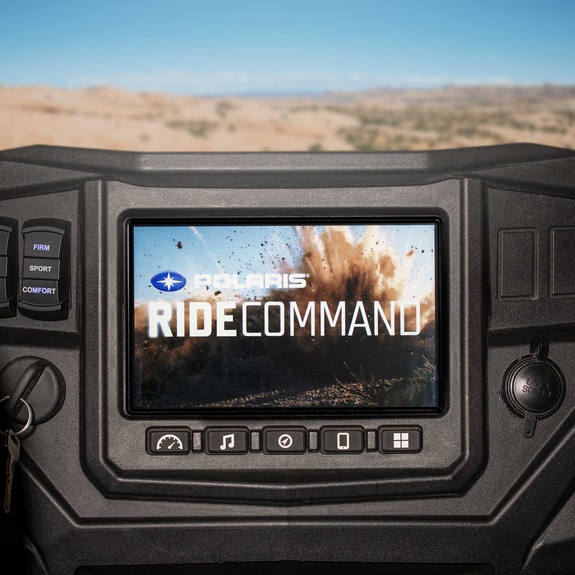Importing a GPX File into Ride Command

Introduction to Importing GPX Files into Ride Command
For off-road enthusiasts using Polaris Ride Command, importing a GPX file into the system is a crucial skill. This process allows riders to seamlessly integrate custom routes and waypoints into their Ride Command experience, enhancing their adventures. This article will guide you through the straightforward steps of importing a GPX file into Ride Command, ensuring you're ready for your next off-road journey.
Understanding GPX Files and Ride Command
Before diving into the import process, it's important to understand what a GPX file is. GPX, or GPS Exchange Format, is a type of XML file format designed for sharing GPS data like routes, waypoints, and tracks. Ride Command's compatibility with GPX files means you can easily integrate data from various sources into your Ride Command system.
Step-by-Step Guide to Importing a GPX File
Preparing Your GPX File
- Create or Obtain a GPX File: You can create a GPX file using various online tools or download one from a trusted source.
- Save the GPX File: Ensure the file is saved on a USB flash drive. Note: The GPX file must be in the root directory of the flash drive, not within a folder.
Importing the File into Ride Command
- Connect the USB Drive: Plug the USB flash drive into the USB port on your Ride Command system.
- Access the Import Function: On your Ride Command screen, look for the 'USB Import' icon and select it.
- Select Your GPX File: Use the navigation controls to find and select the GPX file you wish to import.
- Confirm the Import: Once you select the file, confirm the import. The routes and waypoints from the GPX file will now be integrated into your Ride Command system.
Checking the Imported Data
- Verify the Import: After importing, check the Ride Command map and route list to ensure your GPX data is correctly displayed.
- Edit if Necessary: You can edit the imported routes and waypoints directly on your Ride Command system if needed.
Tips and Troubleshooting
- File Format: Ensure your GPX file is not corrupted and is in the correct format.
- USB Drive Format: Some Ride Command models may require the USB drive to be formatted in a specific file system (like FAT32).
- Software Updates: Keep your Ride Command system updated to ensure compatibility with GPX files.
- Backup Your Data: Always keep a backup of your GPX files in case of import errors or data loss.
Conclusion: Enhancing Your Ride Command Experience
Importing a GPX file into Ride Command is a simple yet powerful way to customize your off-road experience. By following these steps, you can integrate diverse routes and waypoints, making your adventures more exciting and personalized. Embrace this feature to make the most out of your Polaris Ride Command system.
